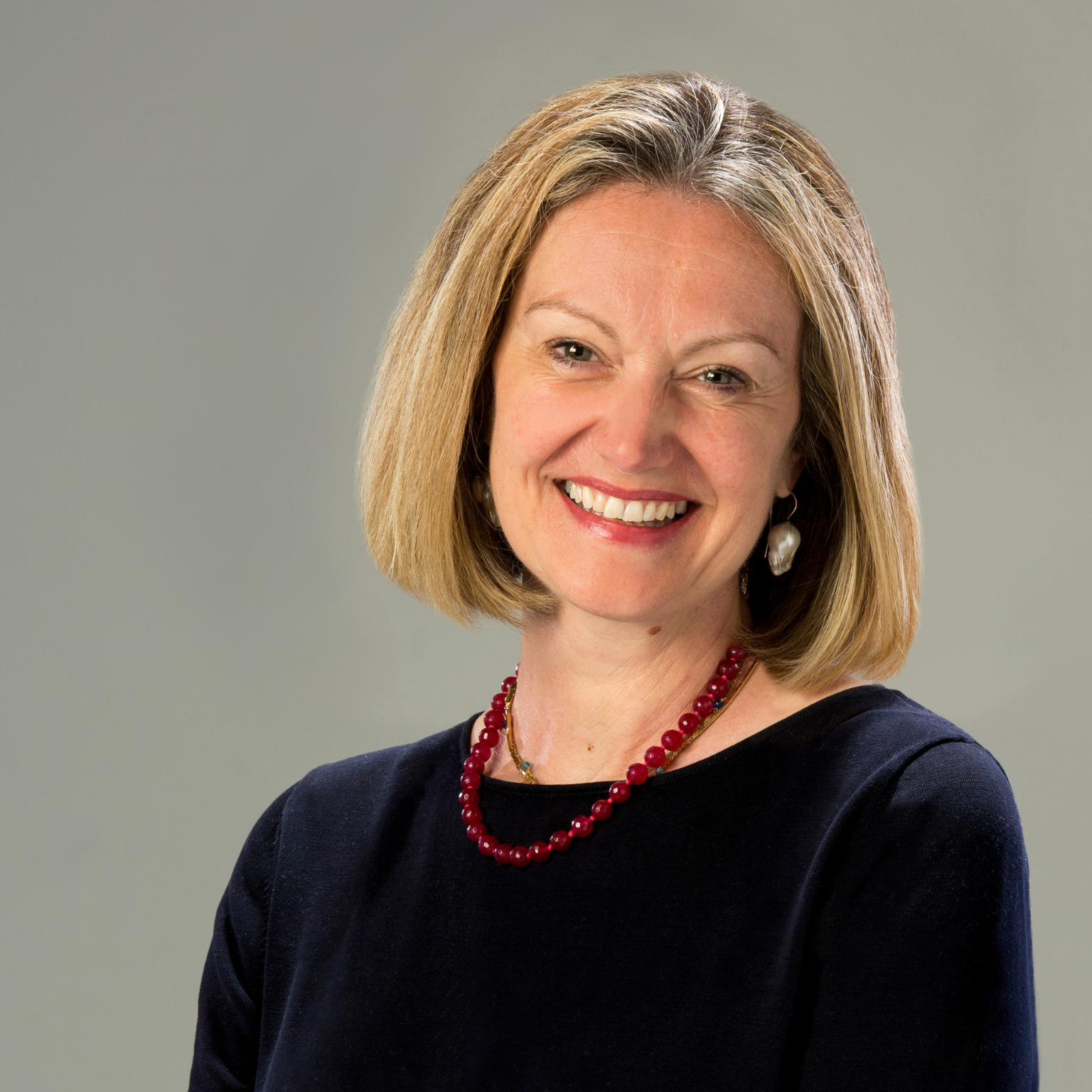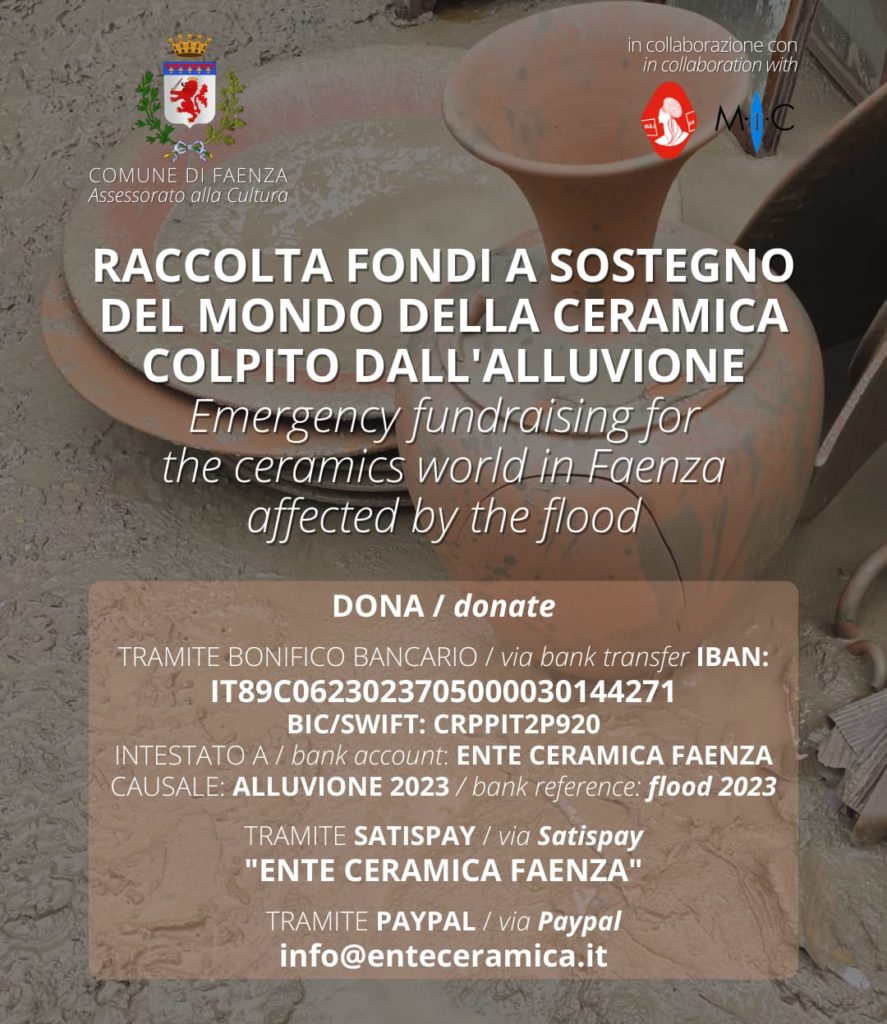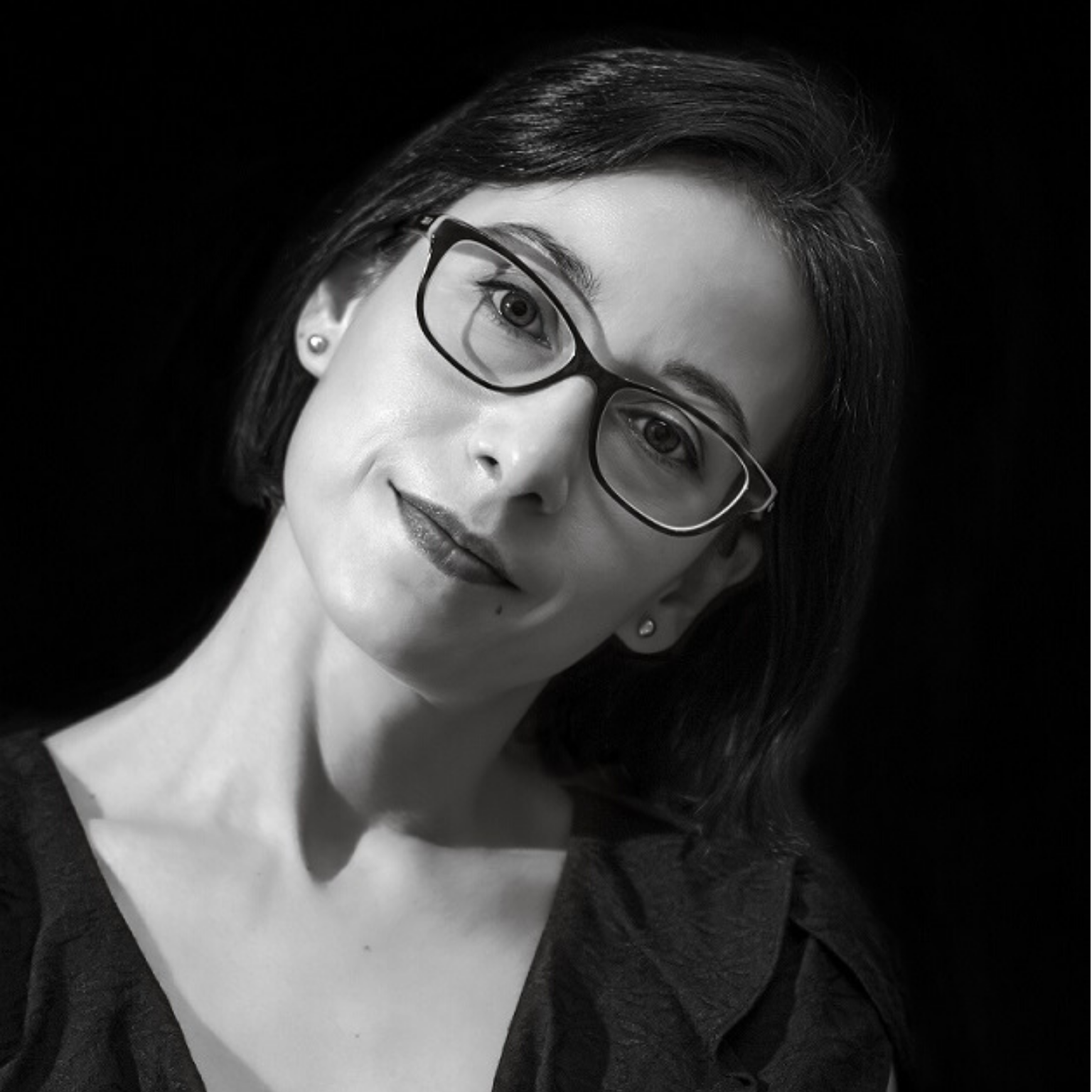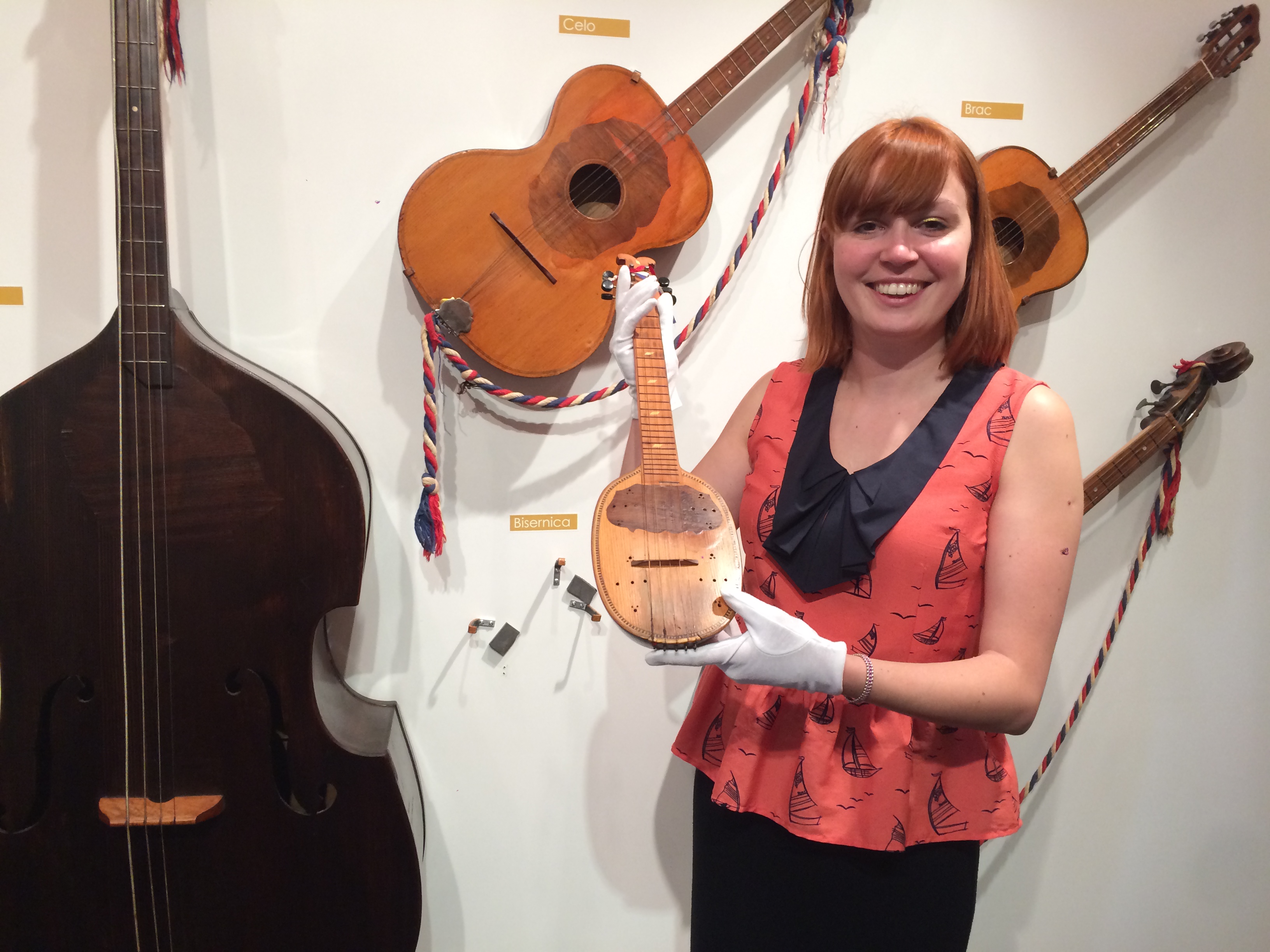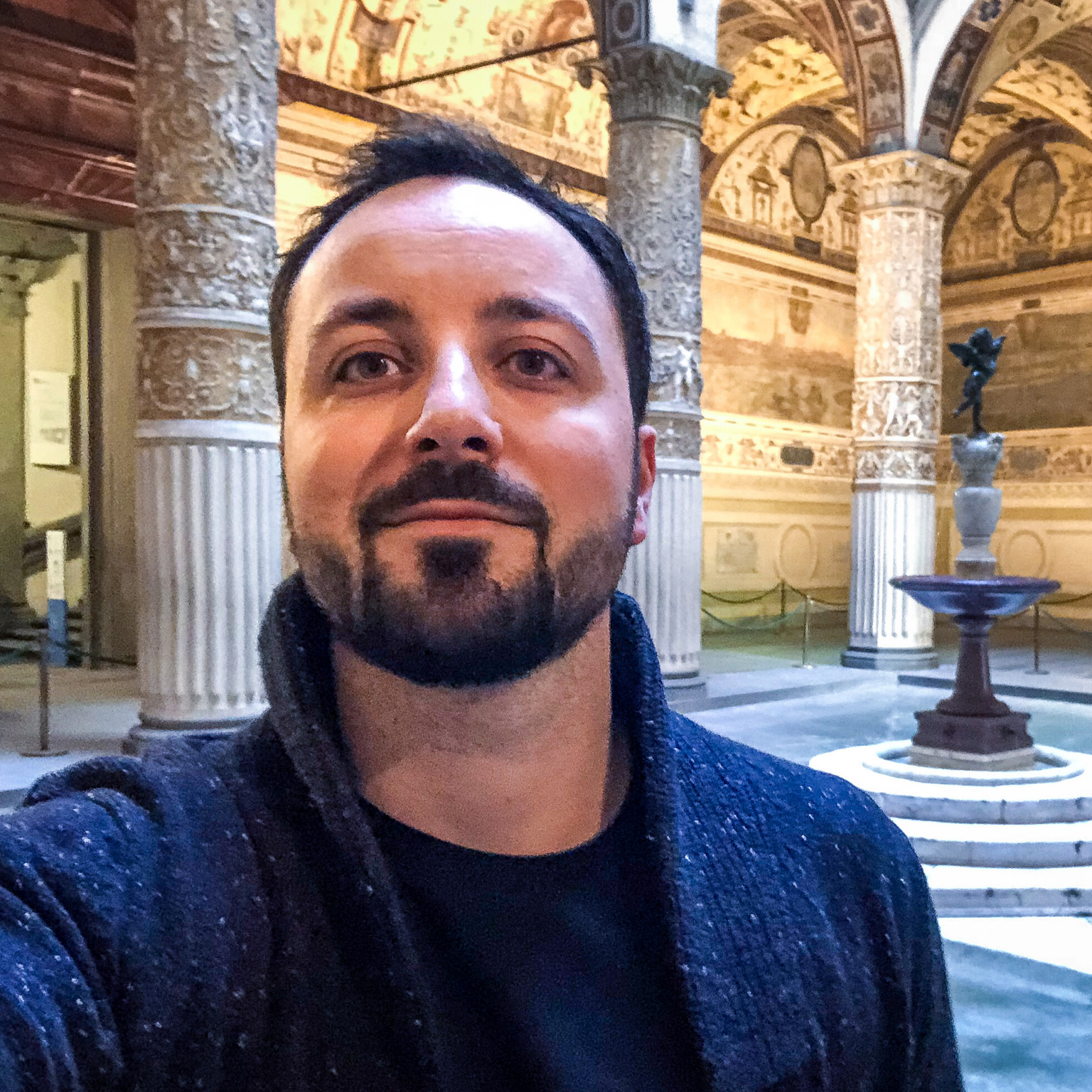Claudia Casali, director of the International Museum of Ceramics, Faenza, Italy. Photo © Lorcan Bereton
What is your museum about and what is your work there?
I am the director of the MIC – International Museum of Ceramics in Faenza, the largest collection in the world dedicated to ceramic art, with about 60,000 pieces ranging from 4000 b.C. to date of each geographical area.
I am in charge of the collections, of the book heritage (we have an international library with almost 80,000 books), of the journal of ceramic studies “Faenza” (founded in 1913 and still published every six months), curator of the contemporary collections, of the didactic activities and of restoration and conservation heritage, coordinator of Casa Muky Matteucci. It is a complex work with many facets, dynamic and engaging.
What inspired you to pursue a career in the museum field and how did you get started in the industry?
After starting work in the private sector, I was hired as a project collaborator in the exhibition sector at Palazzo Forti in Verona, the then Gallery of Modern Art which had an extraordinary temporary exhibition activity, thanks to the director Giorgio Cortenova, to whom I very grateful.

He trusted me a lot and entrusted me with important tasks for setting up and organizing international events. I was working and completing my Ph.D. at the same time (a big disappointment for me).
Then I moved temporarily to the Gallery of Modern Art in Bologna to land at the MAR in Ravenna where, thanks to the willingness of Claudio Spadoni, I managed to make a dream come true: to found a museum, an exhibition space for major events and an exhibition for young talents.
I consider myself a lucky person because unthinkable doors have always opened in my career, I have met special people who have given me great responsibilities. Now I am at the MIC in Faenza, a unique collection in the world, with great potential, one of the few international Italian museum institutions.
Can you share an experience or project that you are particularly proud of from your time at the museum?
Our Museum has always been attentive to the involvement of the fragile areas of our society. After the pandemic, we felt a need to use our spaces and the beauty we represent in support of more social projects. With the help of our Munari educational laboratory, we have launched “MIC per tutti” (MIC for everyone) a project that embraces different realities, from the young to the elderly, trying to involve them in playful activities with ceramics.

“The child learns by playing”: this Bruno Munari said in his lessons. The fun and engaging game becomes an opportunity for growth, for the creation of positive group dynamics, for both children and adults.
“MIC per tutti” was also a project to create reading aids of our heritage for people with visual and hearing impairments: subtitled videos and audio explanations for the sections and rooms, on-site Braille support, insights with special QR-Codes. Bringing the beauties of the Museum to everyone and finding a moment of inner growth and tranquility in clay, is a noble purpose that we carry forward every day.
How does your museum collaborate with other cultural institutions or organizations to achieve common goals?
Our Museum was born in 1908 as an international one, so since its origins, it has carried on a discourse of networks and relationships. This led him to be better known abroad than in Italy.
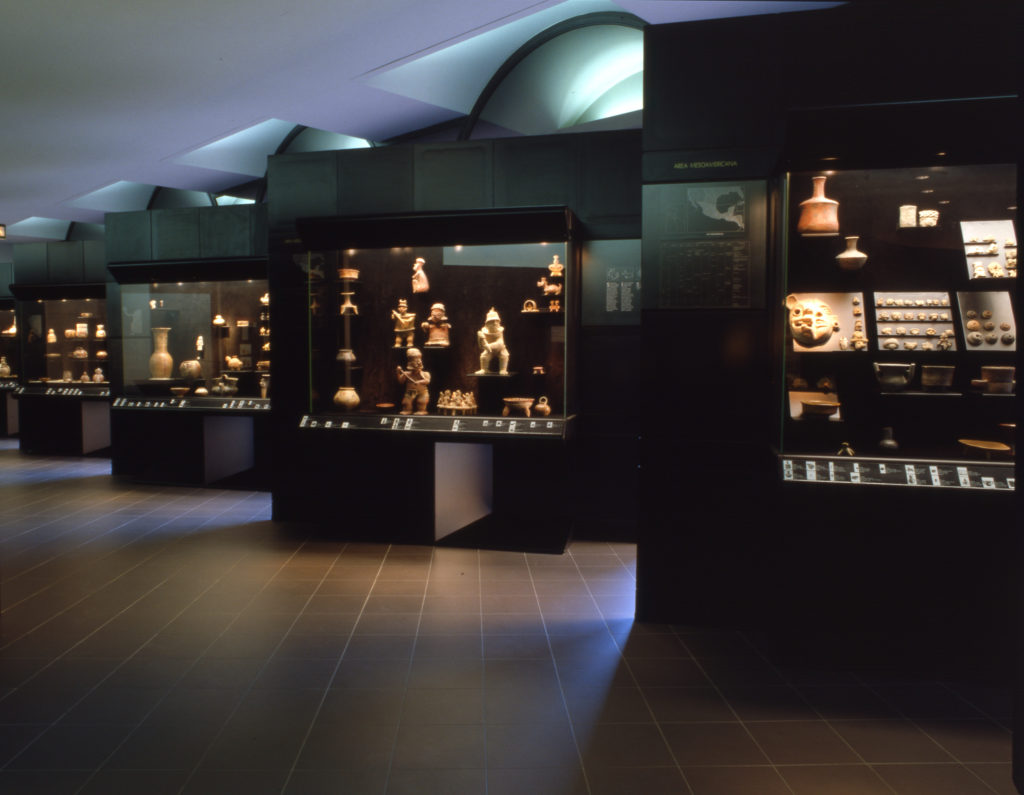
Relations take the form of common exhibition and non-exhibition projects, promotion of artistic ceramics in the world, and enhancement of contemporary ceramics through our “Faenza Prize” which has always united (founded in 1938) many Japanese, Korean, Chinese, and European institutions. We have also been promoting the implementation of European projects for over 30 years on the topics of training, valorization, multimedia, and accessibility.
We are also active in Italian networks such as ICOM and IGIIC, the latter fundamental in the sector of updating on restoration issues. On the training front, we have activated many agreements with the main Italian and European universities, with ILLA for the updating of museum professionals. At this historic juncture, due to the flood in May, the agreement with the University of Bologna – Ravenna Restoration Department was fundamental to coordinate assistance and support to the flooded museums in the area.
What do you see as some of the biggest challenges facing museums in the next 5-10 years, and how do you plan to address them?
I believe that the Museum today has an important social role. We have seen it with the pandemic and these days with the flood. Coming to the museum also has a theme linked to welfare, social and mental well-being. The Museum is an actor in our society, it can reach many categories and levels of use. It can unite communities, and generations, and be the spokesperson for processes of unity. The theme of accessibility is an absolute priority and is not limited to the necessary removal of physical barriers: accessibility today is openness and improvement of use, communication, and reception. To this is added another keyword which is “multimedia”.

During the pandemic we have learned to communicate better, to reach many “virtual” visitors, we have understood that the new media can provide us with previously unthinkable aid and possibilities. Just think of the virtual tours that are now very common on museum sites: they represent a pre-visit but also the possibility of accessing the museum by those who are physically unable.
The Museum today is not the simple contemplation of beauty: today beauty has common, public, transversal, and multilingual implications. This ambitious project requires a mentality open to dialogue, necessarily not limited to the canonical protection, enhancement, and conservation of heritage, which are essential elements and have already been taken for granted. Today we are in another universe of broad and fluid conceptions of the cultural good, the common good, from the perspective of the Faro Convention.
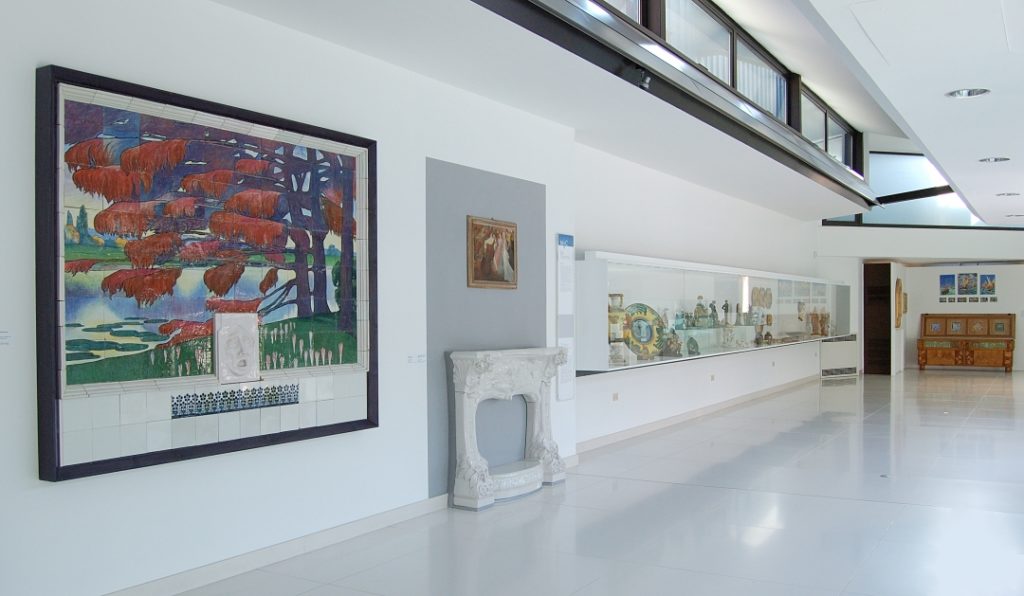
Interview by Fabio Pariante, Twitter / Instagram
MORE
The International Museum of Ceramics, Faenza: Facebook / Instagram / Twitter / YouTube / Website
